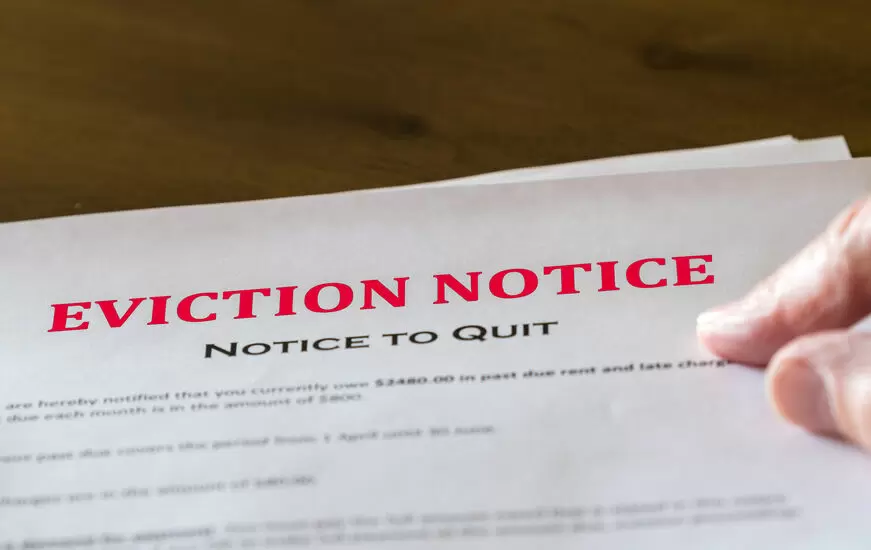
As a landlord, you expect your tenant to pay their rent and take care of your property. Unfortunately, this doesn’t always happen. When a tenant fails to pay rent, you may be forced to evict them. Part of the eviction process involves a writ of possession. Here’s everything you need to know about writs of possessions:
The basics
A writ of possession, also known as a writ of eviction, is an order from the court after a landlord wins their eviction case. It allows the landlord to take back possession of their property and forces the current tenant/inhabitants out.
It essentially revokes a tenant’s right to live in the rental property because they have violated their rental agreement in some way or form. In many cases this is because of a failure to pay rent, but not always. Tenants can be evicted for disrupting the peace, using the property for illegal purposes, and more.
What happens after a writ of possession is issued?
When a court issues a writ of possession, the tenant will have a certain number of days (usually determined by the court) to leave the rental property. If the tenant does not leave after those days are up, then they can be forcibly removed.
A landlord can also request a writ of restitution, which allows the U.S. Marshals Service to post a notice telling the tenant how long they have until they must leave the property. The amount of time can vary, but 24 to 48 hours is standard.
If you need to evict a tenant, make sure you have the right real estate attorneys by your side. Aaron Cox Law has the top real estate attorneys in Wayne County and Oakland County. Contact us today at 734-287-3664 to learn more.
